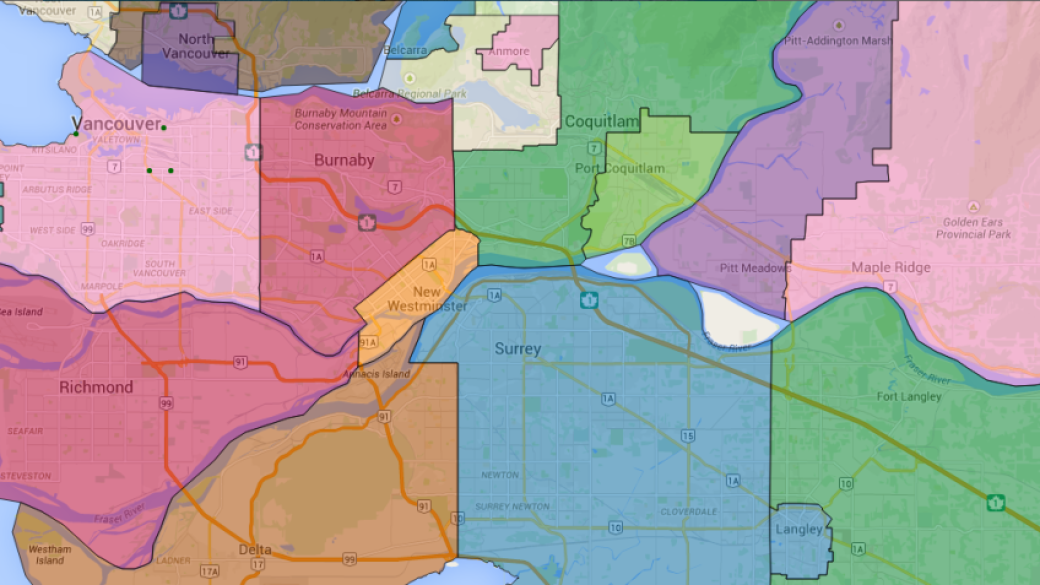What we've learned so far
Frequently asked questions about Metro Vancouver's transit referendum

With the transit plebiscite ending on May 29, 2015, we put together these frequently asked questions to highlight our main findings from Moving Forward. Please use them to inform your vote and share with your friends so that we can continue to support informed decisions on the plebiscite ballot.
Why do we need a referendum on transit funding? Where does money for transportation come from?
We dug into the numbers to better understand the different revenue sources for transportation in Metro Vancouver. A closer look at funding sources for transportation revealed:
- The better the region does at getting people out of their cars and on to transit, the less money there is to build that transit.
- The region’s property tax pool won’t grow with property tax growth, because it’s capped at a fixed growth rate of three per cent per year.
- When funding projections are adjusted for inflation, more money from fares will not keep up with the added expense of serving additional ridership.
How does TransLink spend its money now? Why does transit seem so expensive?
We examined TransLink’s expenditures, revealing that transit operations make up the bulk of the authority’s expenditures (66 per cent). Many readers asked us: Why does transit seem so expensive? Our analysis showed:
- We tend to underestimate the real cost of automobile transportation because it is shouldered by both users and different parts of the system. For example, TransLink purchases and maintains buses while car owners pay those costs themselves.
- While it may seem that transit accounts for a large share of TransLink’s current expenses and proposed future investments, the amount allocated to roads doesn’t reflect the full cost including what users, businesses and government pay.
To put things into perspective, this slideshow reveals different costs for transportation in Metro Vancouver as they compare to one another.
See for yourself how different costs compare.
I don’t take public transit. Why should I care about the referendum?
TransLink oversees much more than just transit (see: “Top five myths about the transit vote”). While public transit makes up the bulk of the region’s transportation expenditures, our analysis of TransLink’s expenditures revealed that as a society we must also collectively bear the costs of other ways of commuting, including road upgrades, major infrastructure and bicycle lanes.
The Cost of Commute Calculator captures the broader cost and benefit of driving, taking the bus, cycling and walking in Metro Vancouver. We enlisted the help of George Poulos, a transportation engineer and planner, to develop this interactive tool, which also considers the costs of less obvious impacts like emissions, climate change, accidents, congestion and even noise pollution.
I don’t live in Vancouver. What does the transit plebiscite mean for people in surrounding municipalities?
Transportation systems are not made up of discrete pieces of infrastructure isolated in the city where they were built. Our previous findings on allocation of transportation funds and the broader costs of commuting showed how the costs of commuting are spread out throughout the whole of Metro Vancouver.
We also took a deeper look at where people travel in the region today and how they get there. We found that Metro Vancouver is unique in terms of how people travel around the region. Instead of just commuting in and out of the city centre, more than a third of all people in the region travel from one locale to another.
This means that any transportation developments happening in any one Metro Vancouver municipality will affect the others — the region is very interconnected. Therefore, it doesn’t make sense to vote solely based on what your own community will get based on the Mayor’s Council plan.
